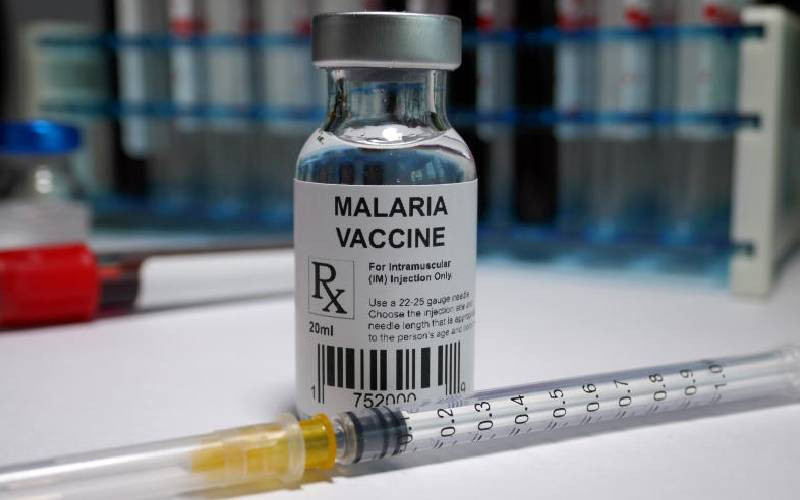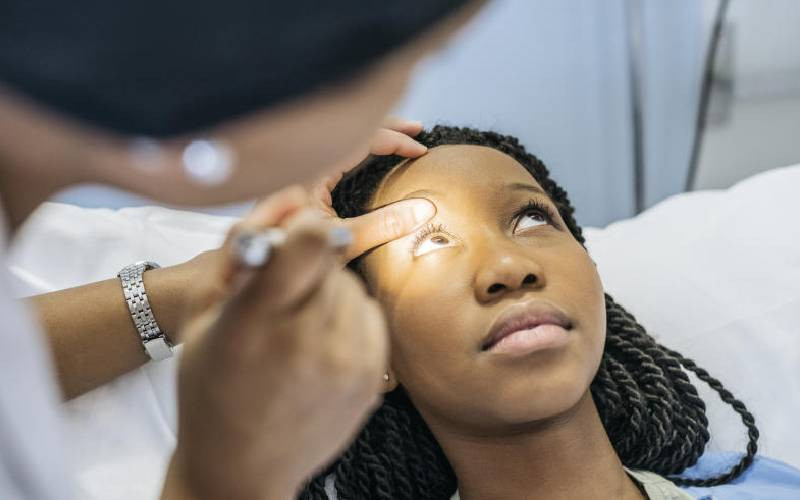
A new study has confirmed that microplastics and nanoplastics (MNPs) accumulate in the human brain at significantly higher levels than in the liver or kidneys. This discovery raises urgent concerns about plastic pollution's potential health risks and its long-term effects on the brain.
The study, published in Nature Medicine, analysed brain tissue from deceased individuals and found that MNP concentrations in the brain have increased dramatically over time, mirroring the rise in environmental plastic pollution.
 The Standard Group Plc is a multi-media organization with investments in media
platforms spanning newspaper print
operations, television, radio broadcasting, digital and online services. The
Standard Group is recognized as a
leading multi-media house in Kenya with a key influence in matters of national
and international interest.
The Standard Group Plc is a multi-media organization with investments in media
platforms spanning newspaper print
operations, television, radio broadcasting, digital and online services. The
Standard Group is recognized as a
leading multi-media house in Kenya with a key influence in matters of national
and international interest.











